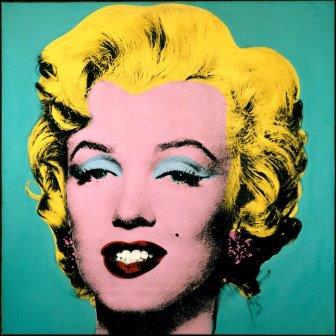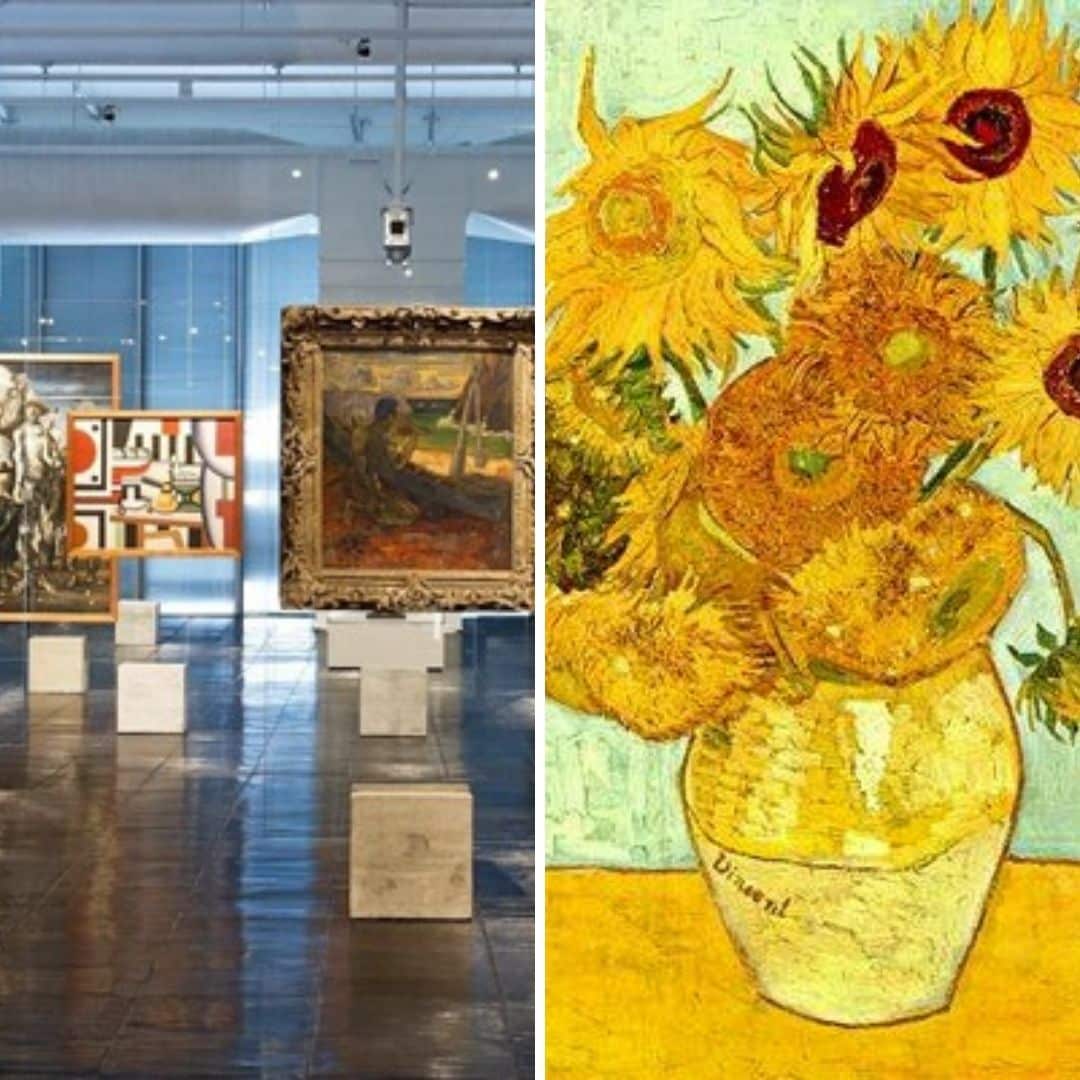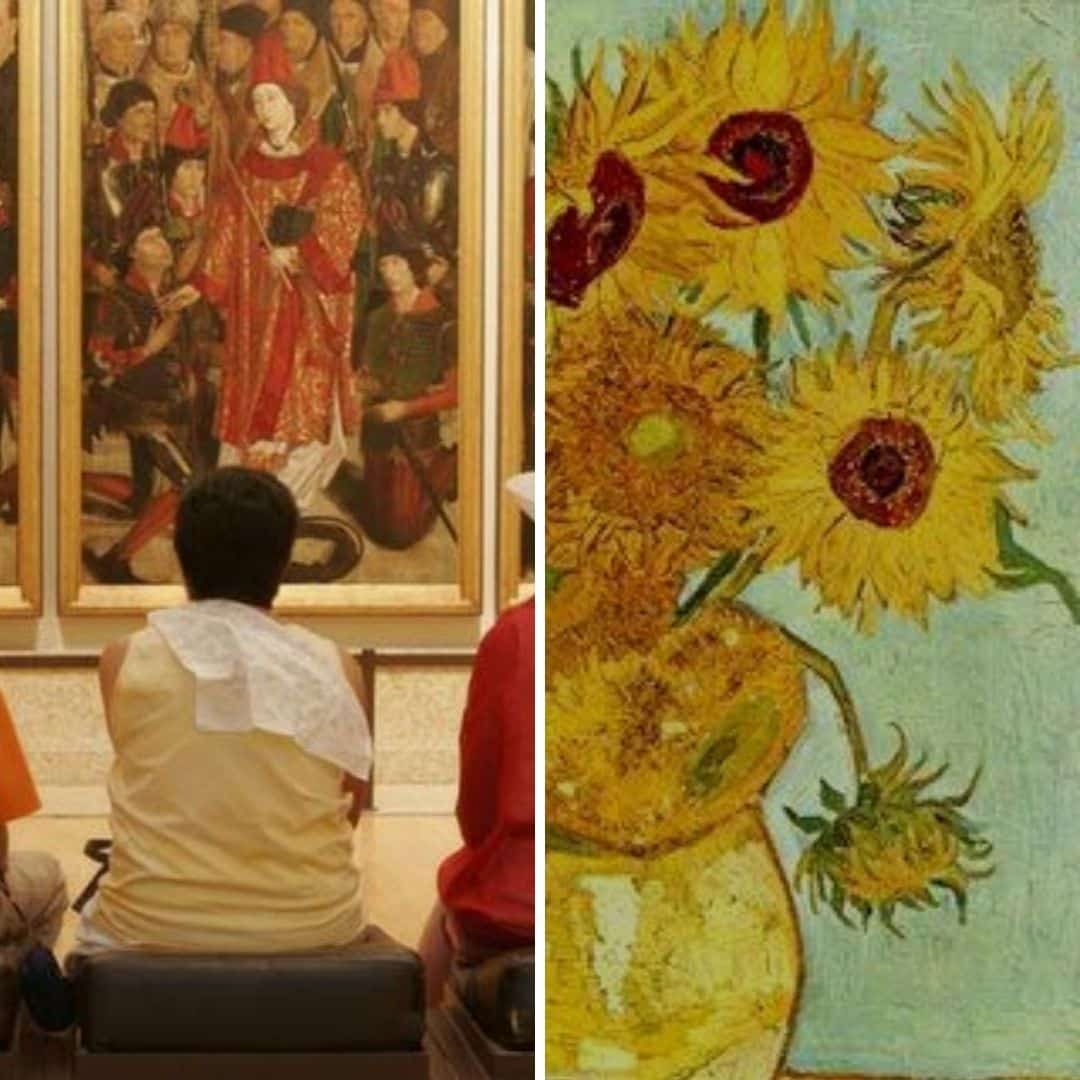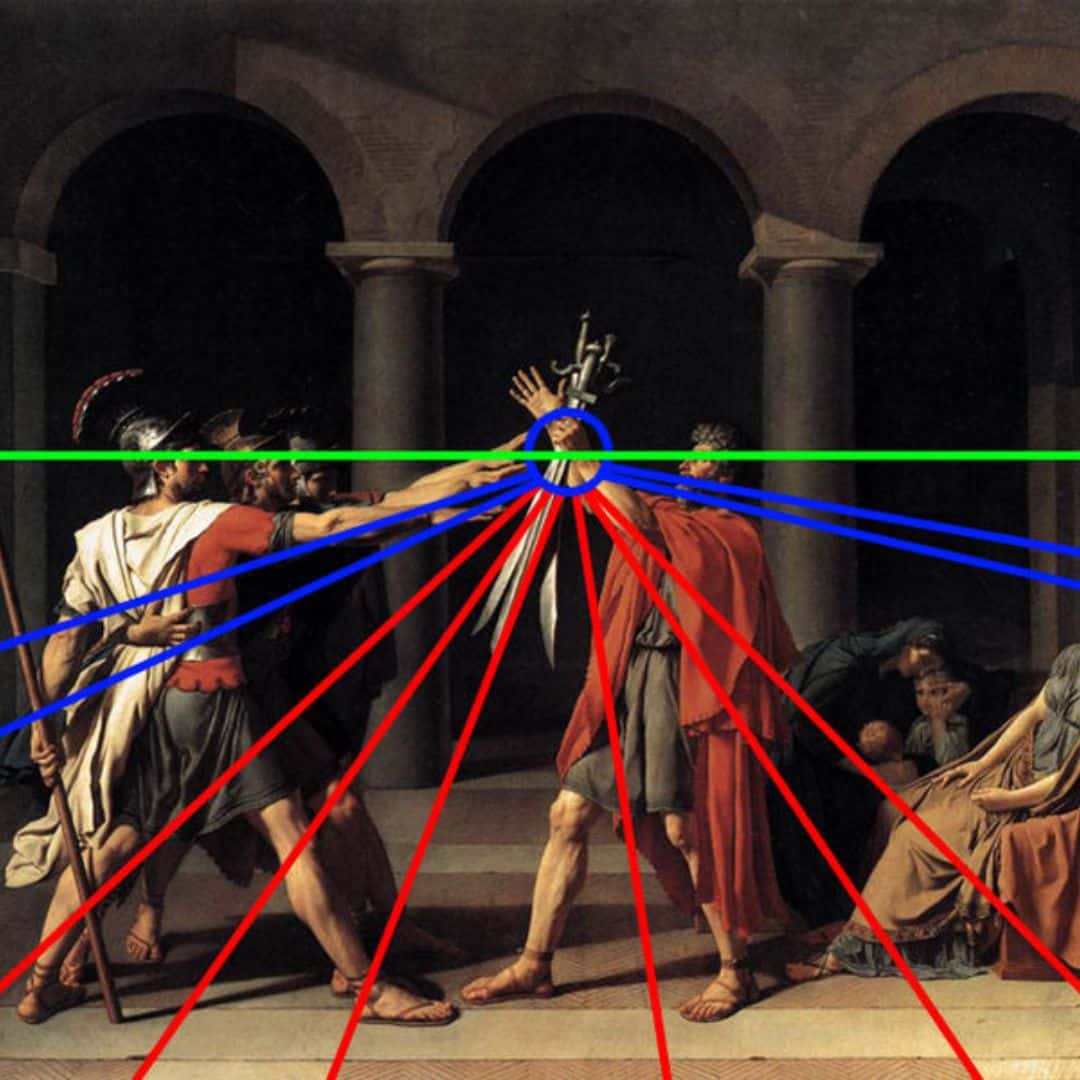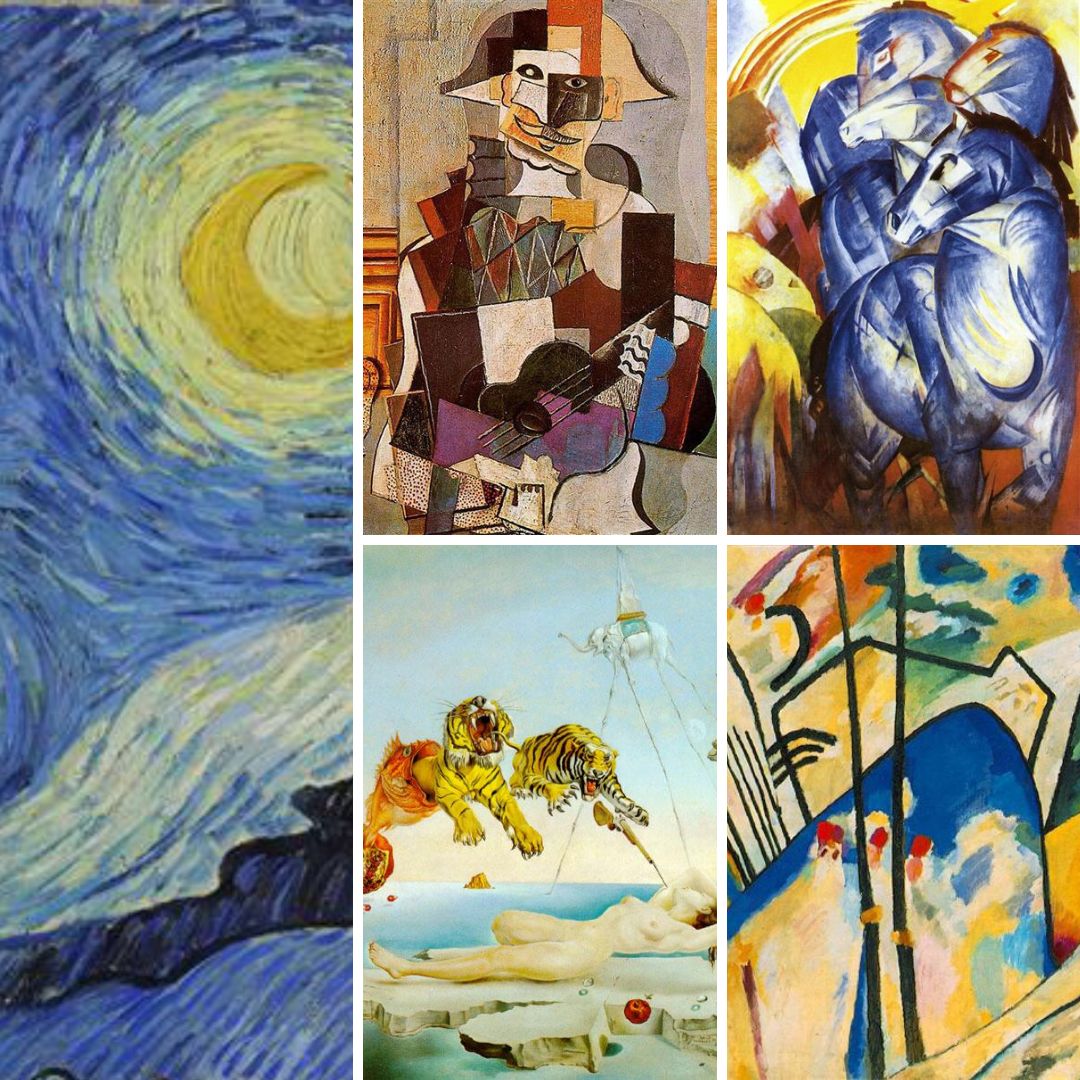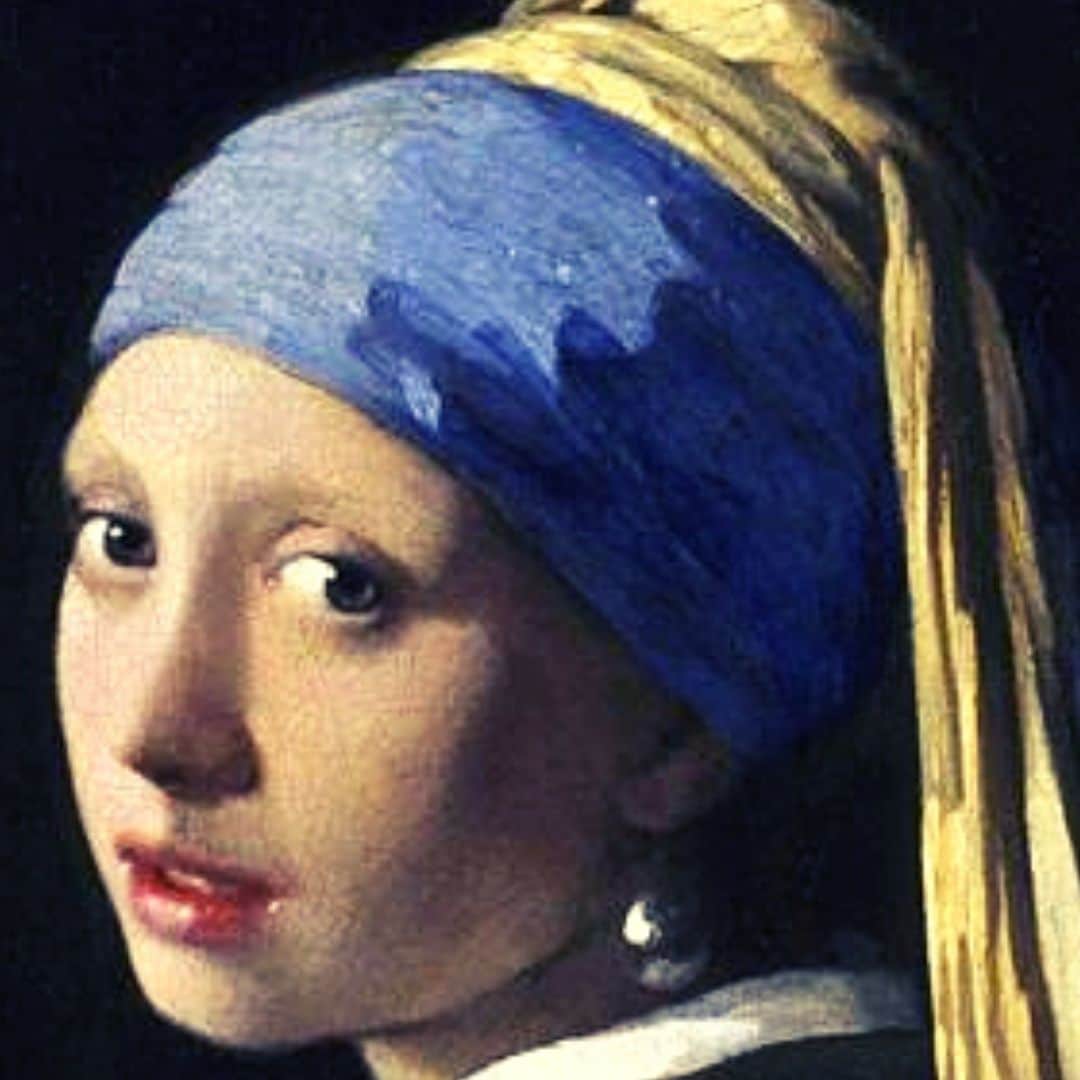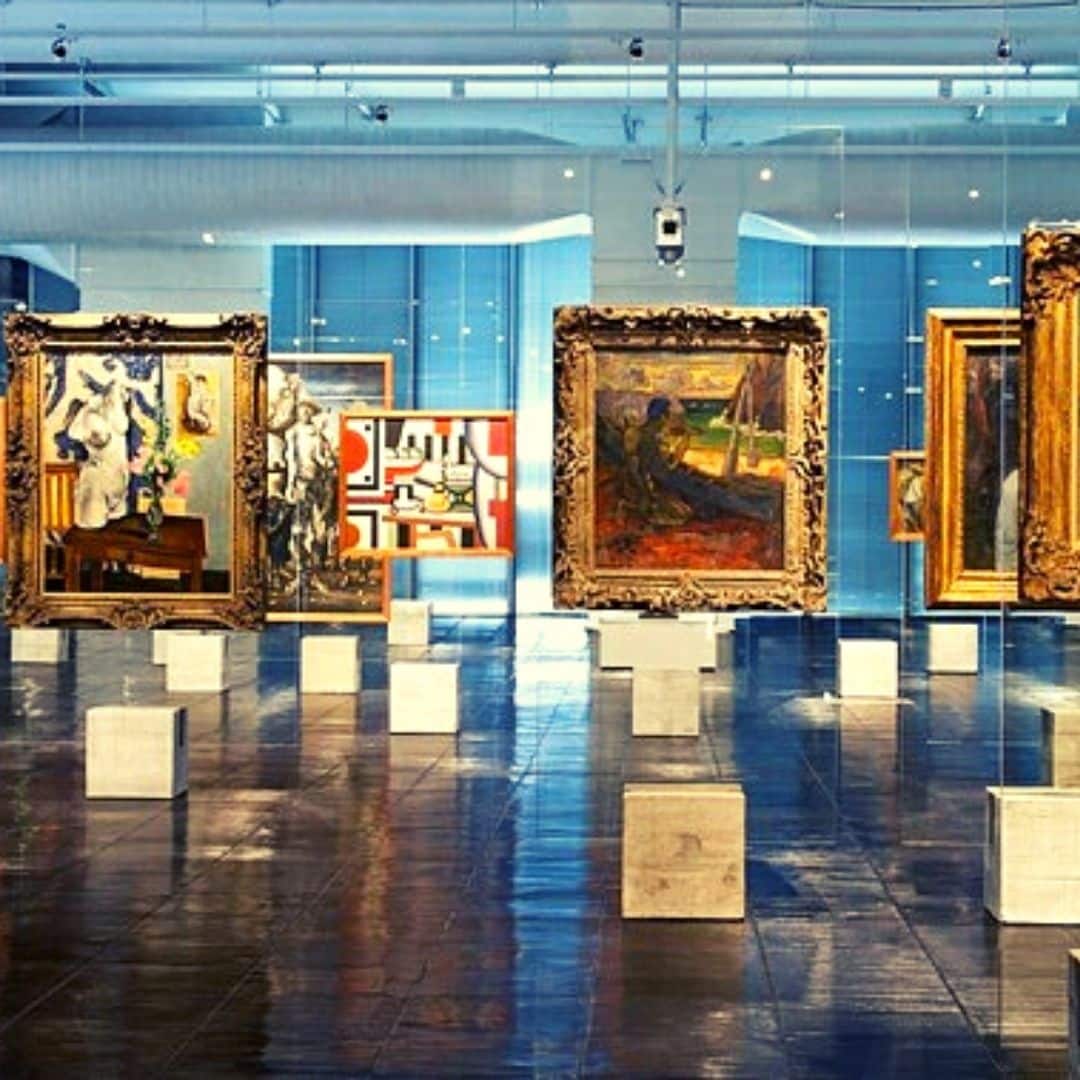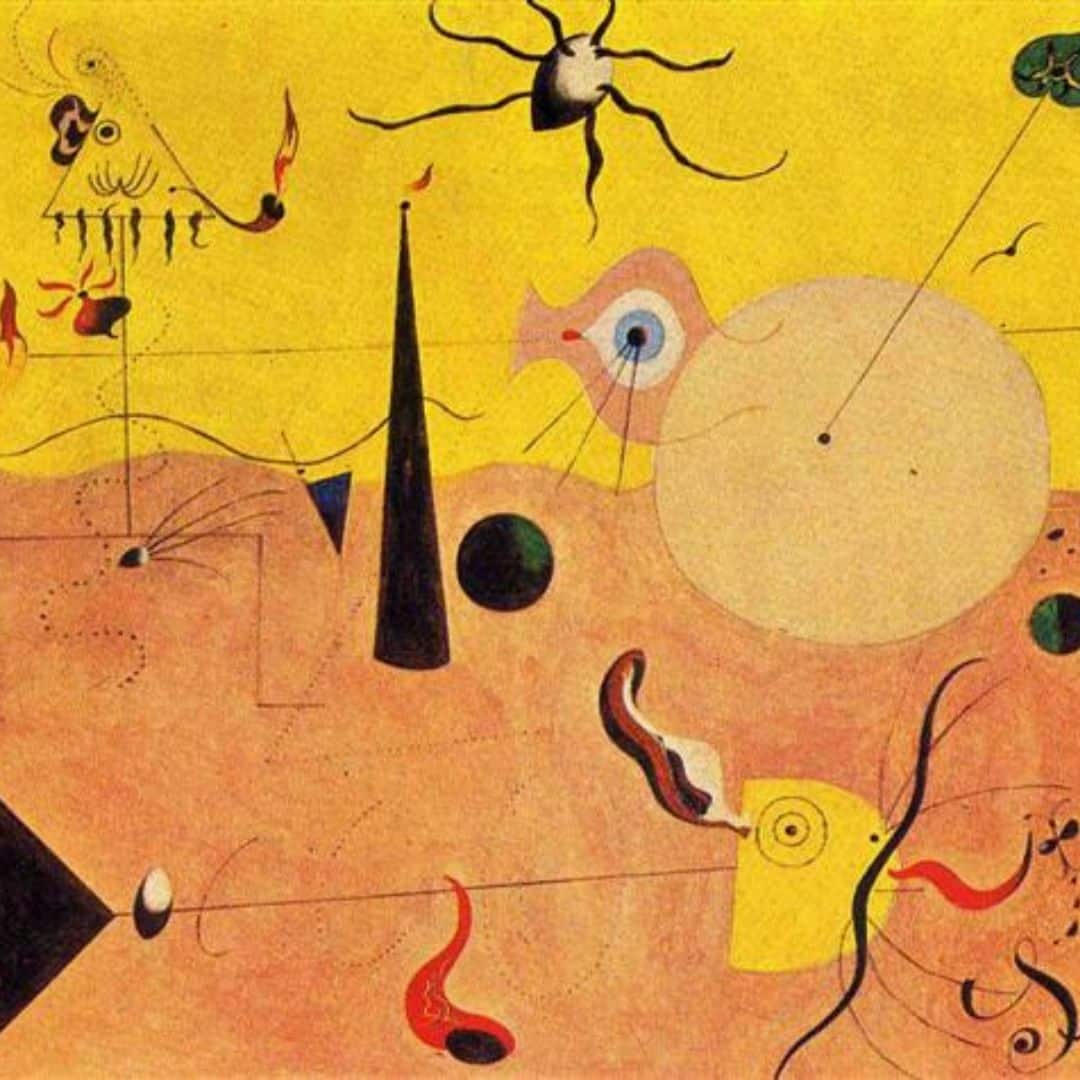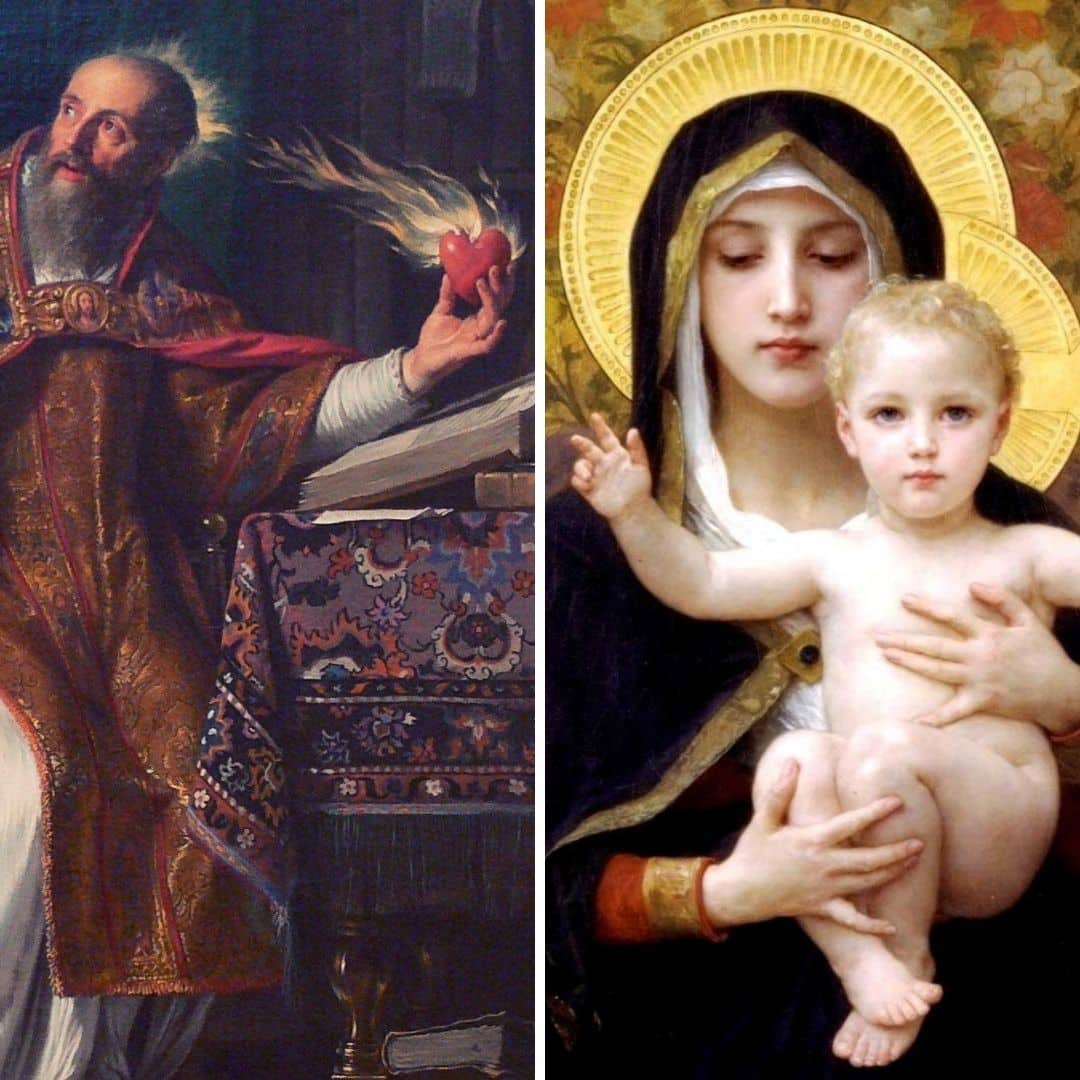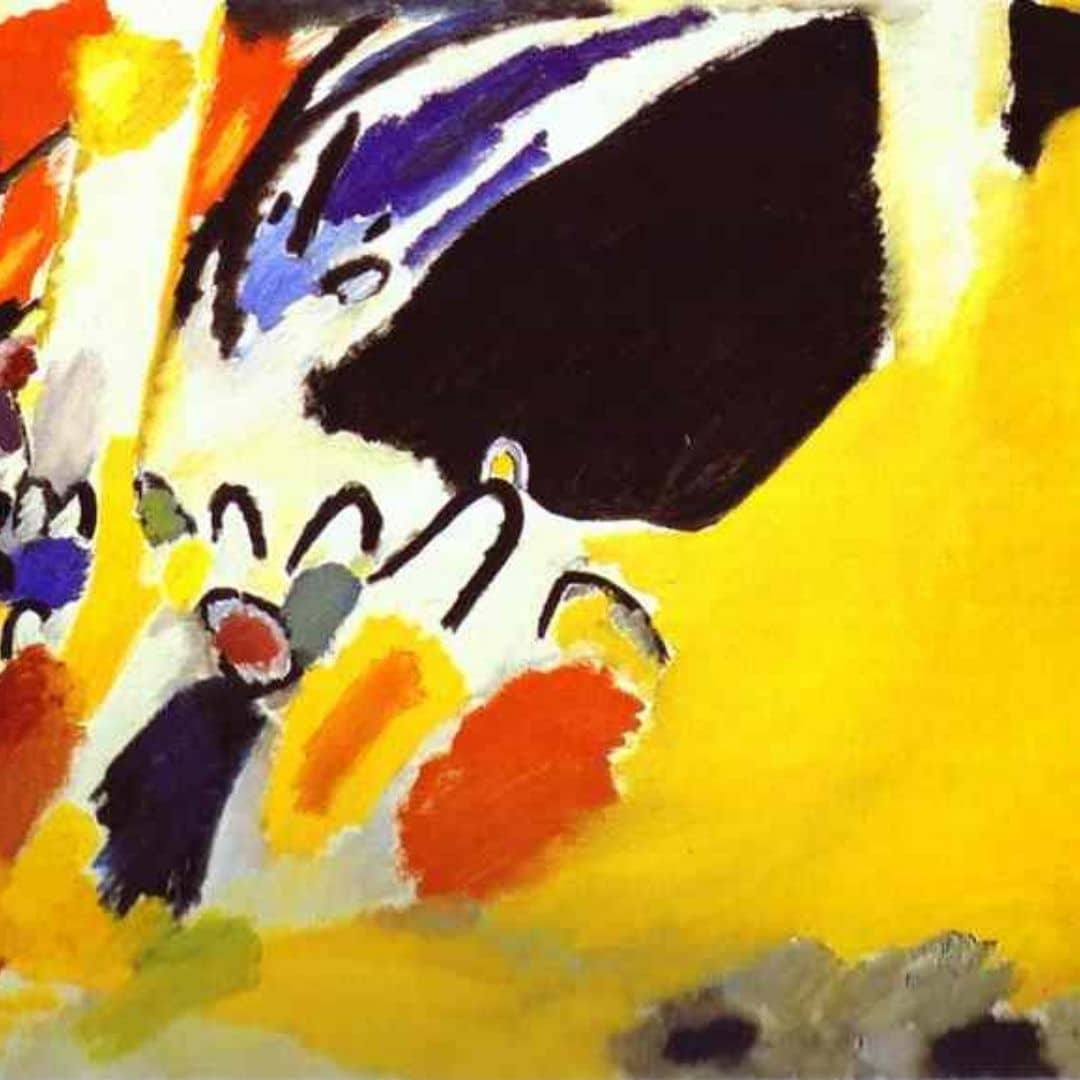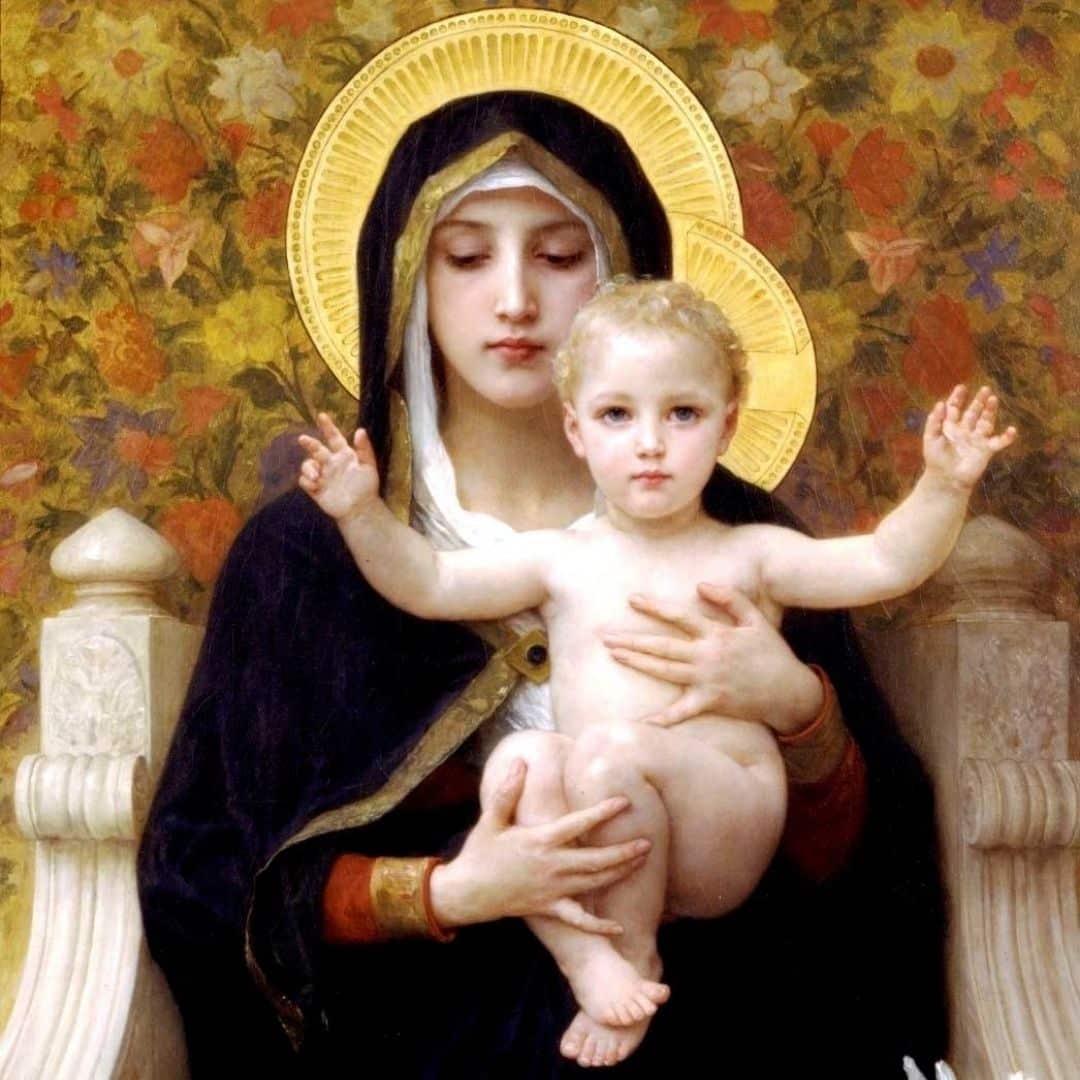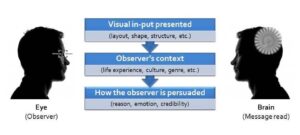
What is visual literacy in the communication process?
Writing about art forces us to observe with double or even triple the attention the work that is before us and what it may awaken in us (and therefore what it might reflect of our own selves, as an individual or society).
Thus, writing or commenting on a particular work or artistic production of an author as a whole can sometimes seem intimidating.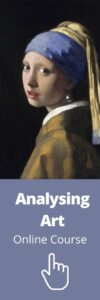
There is so much to say within the own languages of the different types of art, as seen above, as there is in the one original thought of each artist.
Above all, what strikes us is that not all messages are clear – Heidegger told us: “The work is a symbol.”
This symbol was created by the artist, it has its own language, a rhetoric that seeks to convince us of an idea; that persuades or seduces us.
Rhetoric, the art of discourse, becomes visual to show us through figures of speech (such as metaphors, analogies, etc., but now visual) what the artist wants to communicate.
When analysing a work of art, certain elements present in it are emphasized so that the information contained in it is properly ‘deciphered’.
how to analyse a work of art, whatever its nature?
When analysing a work of art, certain elements present in it are emphasized so that the information contained in it is properly ‘deciphered’.
Thus the viewer will understand better the work and what the artist intended to convey.
The analysis may be objective (or visual), which describes the elements as they are viewed, or subjective (or symbolic), which describes our feelings when viewing the work.
We can also analyze a work under a formal point of view (or aesthetic) that analyses all the visual syntax (composition), including historical context, theme, and organization of the elements – which involves a more comprehensive search.
Since a reading can vary according to the sensations that may be caused in each of us by the work of art, some base elements are established when reading it.
Therefore, certain common criteria must be taken into account: time, technique, theme and resources used by the artist.

